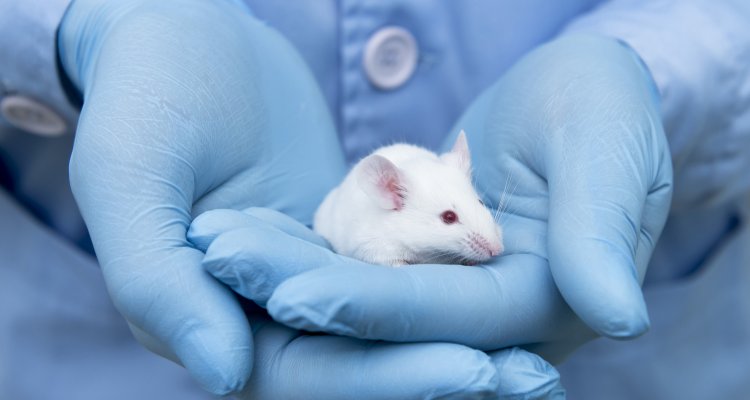
Impact story
An alternative to animal testing
The Dutch government aims to acquire a leading position in animal test-free innovations by 2025. Wageningen University & Research scientists are developing various alternatives to animal testing in food safety.
For many years, animal tests were the only accepted method to determine whether crustaceans such as mussels and oysters contained toxins. Researchers would inject an extract of the crustacean into a mouse or rat. If the animal perished, the mussel or oyster contained toxins. A rigorous approach, which has since been replaced by an animal-free chemical analysis, which was largely developed by WUR. This development saves the lives of some three hundred thousand European rats and mice per year.
Cultured cells
The researchers of Wageningen Food Safety Research focus on developing biological methods to test food components for hazardous materials. This method entails treating human cells with a substance or a combination of substances. The cells are then analysed using various techniques to check whether effects that indicate toxicity occur. Moreover, computer models are developed that can translate the results in cultured cells to the human body. Peijnenburg aims to study and validate these methods using various case studies.
Plant toxins
Based on questions from the European Food Safety Authority (EFSA), Wageningen toxicologists checked if, and to what degree, a group of known plant toxins, pyrrolizidine alkaloids (PAs), found in ragwort and as a contaminant in food, is dangerous to humans. Research previously conducted on animals revealed that these substances could damage DNA and cause cancer.
WUR research on human liver cells indicates that these toxic effects also occur in humans. The toxicologists discovered that there are significant differences in the potency of the various PAs. In other words: not every PA is equally dangerous. Thanks to the research conducted by Peijnenburg and his colleagues, EFSA is able to better assess the risks without having to use animals for testing.
Mineral oils
Meanwhile, the researchers are studying the effect of aromatic hydrocarbons in mineral oils on cultured cells. These oils could come into contact with food through, for example, the ink on packaging materials and thus form a potential risk for humans. There are concerns that hydrocarbons may cause damage to DNA.
This study aims to demonstrate the value and efficacy of alternative methods and thus encourage acceptance of these animal test-free alternatives by policymakers and risk assessment experts. Thus, Wageningen scientists continuously work towards animal test-free research methods.